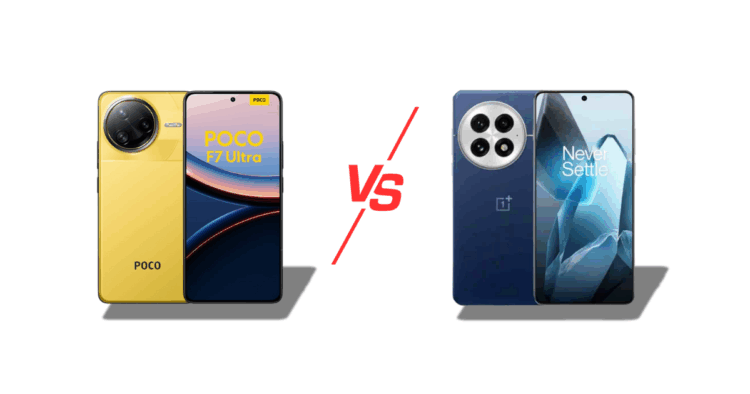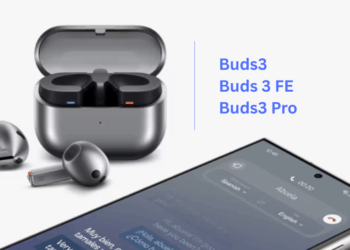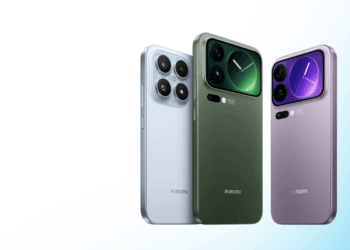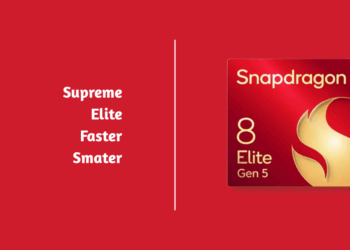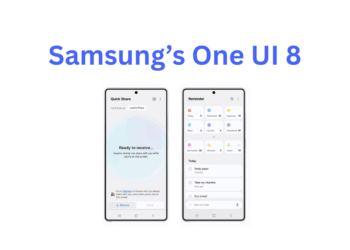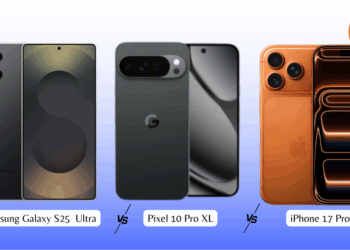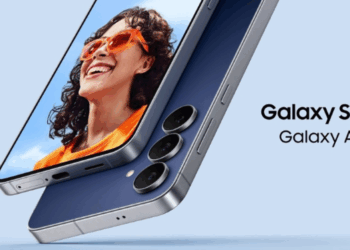Kenya’s smartphone market is evolving fast, with buyers demanding more than just flashy specs—they want devices that deliver real value, long-term performance, and retail credibility. In 2025, two flagship contenders have captured the spotlight: the Xiaomi Poco F7 Ultra and the OnePlus 13. Both promise elite specs, stunning displays, and powerhouse batteries, but they cater to very different buyer personas.
With mobile-first lifestyles driving over 80% of online engagement in East Africa, choosing the right device isn’t just a tech decision—it’s a strategic one. Whether you’re a gamer chasing peak refresh rates, a content creator craving cinematic video, or a business user needing all-day endurance, this comparison breaks down which phone fits your needs best.
In this review on Xiaomi Poco F7 Ultra vs OnePlus 13, we will unpack the specs, analyze real-world performance, and offer useful tips tailored for Kenyan buyers. Ready to find out which flagship truly earns its spot in your pocket—or on your shelf? Let’s dive in.
Comparison | Xiaomi Poco F7 Ultra and OnePlus 13 in 2025
Xiaomi Poco F7 Ultra vs OnePlus 13 Specs Snapshot
| Feature | Poco F7 Ultra | OnePlus 13 |
| Display | 6.67-inch AMOLED, 3200 nits, 120Hz | 6.82-inch LTPO OLED, Ceramic Guard, 120Hz |
| Processor | Snapdragon 8 Elite | Snapdragon 8 Elite |
| RAM & Storage | Up to 16GB RAM / 512GB UFS 4.0 | Up to 24GB RAM / 1TB UFS 4.0 |
| Battery | 5300mAh, 120W fast charging | 6000mAh, 100W fast charging |
| Rear Cameras | 50MP (main) + 50MP (Telephoto) + 32MP (ultra-wide) 8K videos | 50MP (main) + 50MP (ultra-wide) + 50MP (telephoto) 8k videos |
| Front Camera | 32MP, 1080p video | 32MP, 4K video |
| Operating System | Android 15, HyperOS 2 | Android 15, up to 4 Major upgrades OxygenOS 15 |
| Build & Protection | Poco Shield Glass, IP68 | Ceramic Guard Glass, IP68/IP69 |
| Audio | Stereo speakers, Dolby Atmos | Stereo speakers, Dolby Atmos |
| Price Estimate (KE) | KSh 78,000–85,000 | KSh 85,000–130,000 |
The table above summarizes the key aspects of the two devices and elaborates on the strengths and key selling points of each device. Which one have you already settled on and why? Xiaomi Poco F7 Ultra vs OnePlus 13 could be that simple for you, but making that big decision could be more complicated.
Persona Driven Analysis
The Poco F7 Ultra and OnePlus 13 are two distinct flagship devices—each engineered with a unique philosophy and appeal. While both deliver cutting-edge specs, they serve very different user needs. That’s why a one-size-fits-all comparison falls short.
Instead of a generic, all-in-one breakdown that risks being vague and overly broad, we’ve segmented this analysis into three targeted user personas. This approach allows us to highlight the strengths and trade-offs of each device based on real-world usage—whether you’re a gamer, content creator, business professional, or value-driven buyer.
By tailoring insights to specific user profiles, we offer a more actionable, relevant, and strategic comparison—one that empowers smart buyers and retail partners across Kenya to make informed decisions with confidence.
Gamers: Performance Meets Endurance
Kenya’s mobile gaming scene is booming, with titles like Call of Duty Mobile, PUBG, and FIFA Mobile dominating youth engagement. Gamers demand high refresh rates, sustained performance, and battery resilience. Both devices sport the Snapdragon 8 Elite (8 Gen 4), but the Poco F7 Ultra edges ahead in value with 16GB RAM, 120Hz AMOLED, and 1920fps slow-motion support—ideal for immersive gameplay and content capture.
Thermal management is crucial, and Poco’s liquid cooling system ensures longer gaming sessions without throttling. Its 5300mAh battery paired with 120W fast charging means gamers can refuel in under 25 minutes—perfect for on-the-go play. While OnePlus 13 offers a larger 6000mAh battery, its 100W charging is slightly slower, and its ceramic build, while premium, adds weight that may deter mobile-first gamers.
Verdict: If you are a gamer seeking flagship performance without flagship pricing, Xiaomi Poco F7 Ultra is the tactical win.
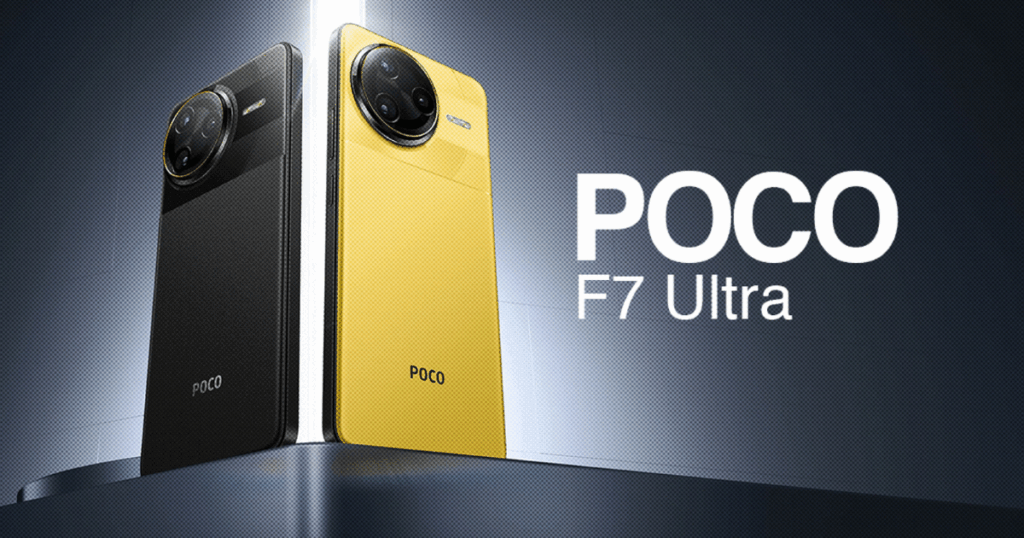
Content Creators: Cinematic Precision and Storage Power
Content creators—from TikTok influencers in swanky offices in Westlands, Nairobi, to YouTube educators in Mombasa—need devices that deliver camera versatility, video clarity, and ample storage. The OnePlus 13 is a creator’s dream: its triple-lens setup includes a 50MP telephoto with 3x optical zoom, 32MP lens that records 4K front-facing video, and advanced HDR processing. Whether shooting interviews, product demos, or travel vlogs, OnePlus offers cinematic depth and pro-grade stabilization.
Why POCO F7 Ultra’s camera set up slightly fall short
The POCO F7 Ultra features a triple rear camera setup, including 8K video capture from the primary sensor. However, it falls short of the OnePlus 13’s triple 50MP configuration, which leverages superior sensor tuning, advanced HDR processing, and a 3x optical zoom telephoto lens for sharper long-range shots and better dynamic range. Additionally, while POCO’s selfie lens is limited to 1080p video, the OnePlus 13 supports 4K front-facing recording, making it more appealing for creators and vloggers seeking high-resolution output.
The issue of Storage…
When it comes to storage, the POCO F7 Ultra offers UFS 4.1 speeds across its 256GB and 512GB variants, ensuring faster load times, quicker asset streaming, and snappier in-game responsiveness—crucial for competitive gaming. However, the OnePlus 13 allows for large game files, updates, and media, without worrying about space constraints. Though POCO wins on raw speed, OnePlus delivers better long-term utility for gamers who juggle multiple heavy titles, record gameplay, or rely on offline storage—making it the more practical choice for storage-intensive gaming scenarios.
Verdict: For creators chasing cinematic quality and storage freedom, OnePlus 13 is the undisputed flagship.
Business Executives: Durability, Efficiency, and Software Stability
In Kenya’s fast-paced business landscape—from tech hubs in Westlands to field operations in the vast Yatta Plateau—professionals need devices that are durable, secure, and reliable. The OnePlus 13 delivers with IP69 water resistance, Ceramic Guard glass, and a refined OxygenOS experience. Its 6000mAh battery ensures all-day productivity, while its build quality withstands rugged environments.
Durability
Poco F7 Ultra, while powerful, offers IP68 and POCO Shield—respectable but not as robust as the Gorilla Glass, the industry standard. OnePlus 13’s ceramic Guard carries the day. Notably, the Ceramic Guard on the OnePlus 13 is engineered for flagship-level resilience, featuring enhanced scratch and drop resistance, as well as IP69 certification—making it more rugged in the face of pressure and water exposure.
Poco Shield Glass, while solid, is more of a cost-effective solution that balances protection with affordability. It’s ideal for mid-range buyers who want decent durability without paying flagship premiums. Perhaps, this also explains the cost of the device, with the lower cost screen protector used on the device, compared to OnePlus 13’s flagship-rated Ceramic Guard or the Corning Gorilla Glass or other flagship models such as the Samsung Galaxy S25 Series.
User Interface
HyperOS is fluid but lacks the enterprise polish of OxygenOS, which integrates better with productivity apps and cloud services. HyperOS 15 shines with fluid animations, deep customization, and tight integration across Xiaomi’s AIoT ecosystem—ideal for users who value visual flair and smart device synergy. It’s optimized for multitasking and media consumption but leans more consumer-centric.
OxygenOS 2.0, on the other hand, offers a cleaner, near-stock Android experience with better compatibility for productivity apps, cloud services, and enterprise tools. Its minimal UI ensures faster performance, fewer distractions, and smoother workflows for professionals.
In short, while HyperOS is experience-first, OxygenOS is productivity-first—each tailored to different user priorities.
We shall carry out a comprehensive analysis on the best UI (in 2025), and check out OxygenOS vs HyperOS.
Verdict: For business users prioritizing resilience and software maturity, OnePlus 13 is the executive choice.
Budget-Conscious Buyers: Value vs Prestige
Kenya’s smart buyers are increasingly savvy—balancing specs with price and long-term ROI. The Poco F7 Ultra, priced around KES 78,000–85,000, delivers flagship specs at mid-range cost. Its fast charging, high brightness, and gaming-grade performance make it a compelling value proposition.
In contrast, the OnePlus 13, retailing at KSh 85,000–130,000, positions itself as a prestige investment. Buyers pay for refinement, durability, and future-proofing. For those who view smartphones as status symbols or long-term tools, OnePlus justifies its premium.
Verdict: Poco wins on value, but OnePlus wins on prestige—the choice depends on your priorities.
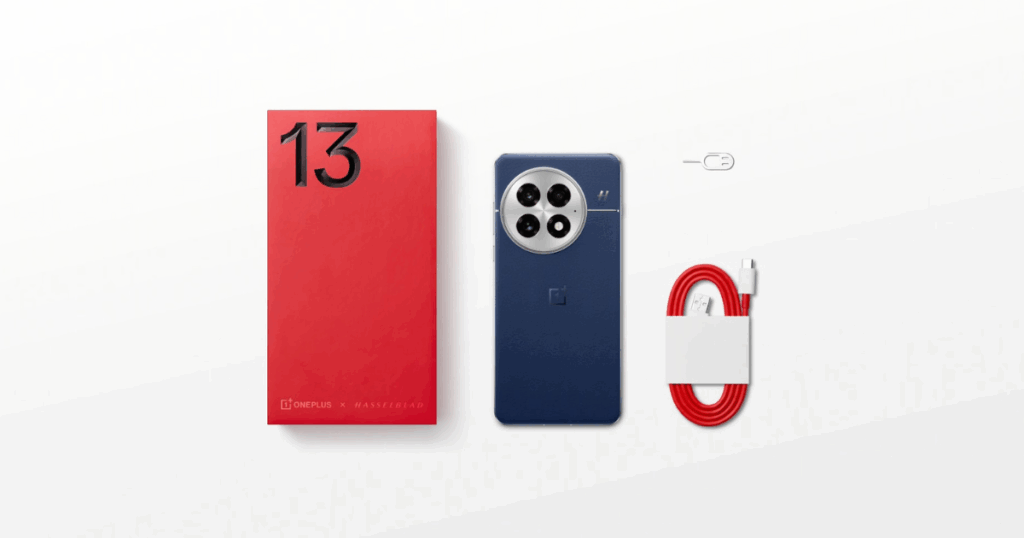
Conclusion | Xiaomi Poco F7 Ultra vs OnePlus 13
Both the Xiaomi POCO F7 Ultra and OnePlus 13 shine as 2025 flagships, but they cater to different user needs. POCO F7 Ultra packs serious performance—lightning-fast storage, rapid charging, and gaming-grade specs—at a price that’s hard to beat. It’s built for savvy buyers who want maximum value without compromising speed. On the other hand, the OnePlus 13 leans into premium territory with its robust build quality, pro-level camera output, and massive storage, making it ideal for creators, professionals, and users focused on prestige.
This isn’t a battle of Better vs. Best—it’s about fit. Whether you’re a mobile gamer, content creator, or Business Executive, choosing the right device means aligning features with your lifestyle, needs and goals. That’s why we break it down by persona—to help you decide with confidence.
Found this helpful? Share it with your colleagues, friend, family members, workmate or your network. Drop your thoughts in the comments, or explore our buyer guides tailored for East African shoppers and retailers. Your feedback powers smarter tech content. Also, check out 2025’s Best Smartphones with Snapdragon 8 Elite.


